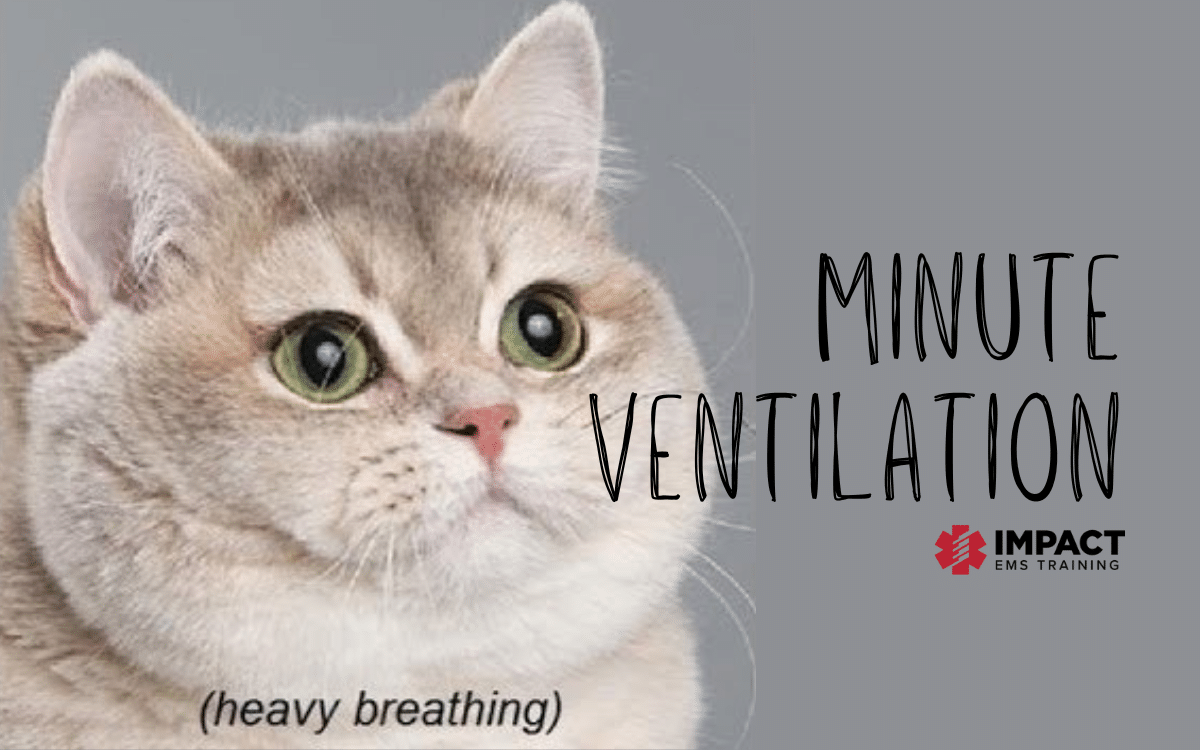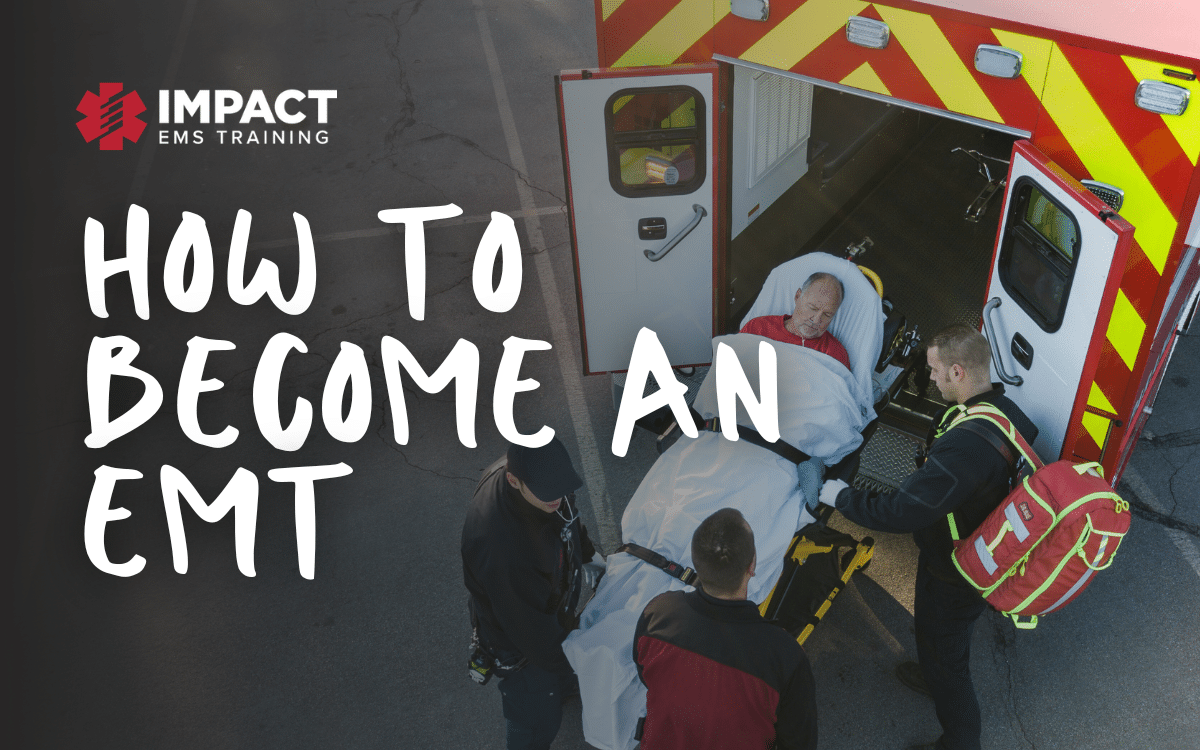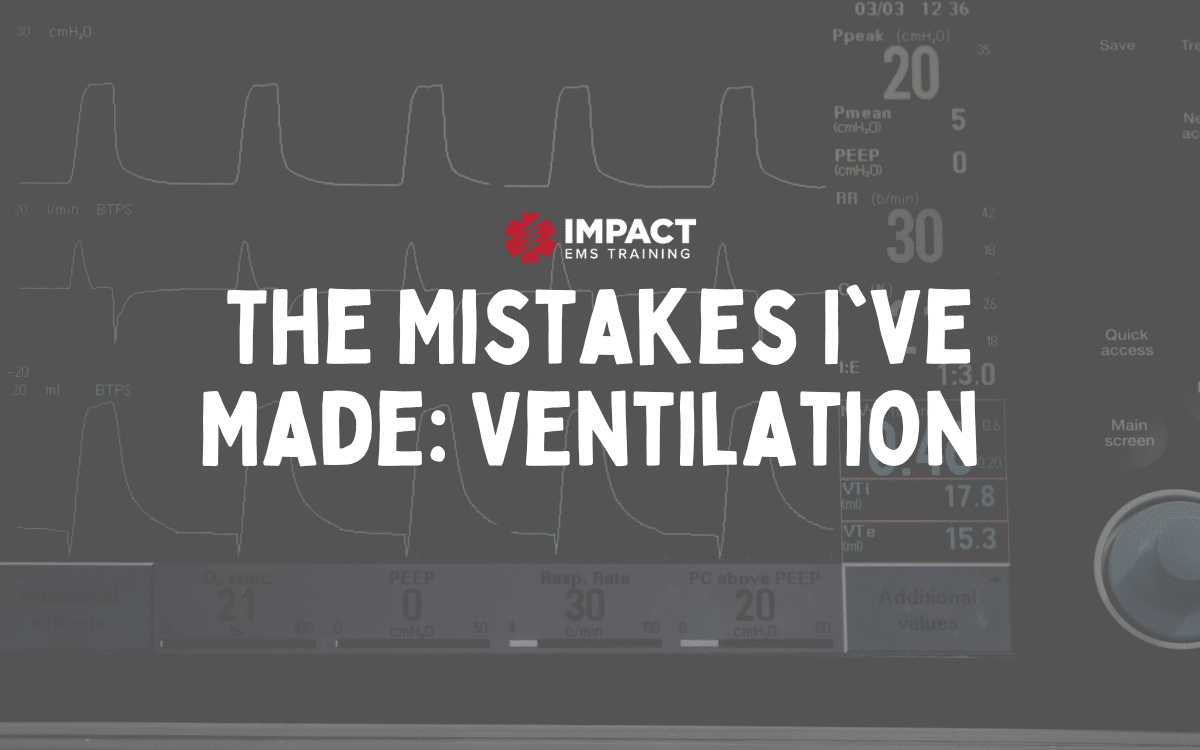Ventilator management strategies are all that glitters in the EMS community right now. ????
All the cool podcasters are talking about it; the bloggers are bloggin’ blogs about recruitment maneuvers and pronation of intubated patients. Vent management is the skinny jeans of EMS education.
But I’m kinda dorky, and I take great care to not go with the flow of everyone around me. ???? So today, we gon’ learn about a little calculation called MINUTE VENTILATION (abbreviated as VE).
Okay, so yeah, I realize this is still an aspect of vent management, but it’s one people don’t generally talk about much, and it’s super important for us to incorporate into how we care for our patients.
Take your seats; the bell is about to ring; it’s time to start class, my babes.
Minute ventilation is the total volume of air that is moved into and out of the lungs in a given minute. Rate x Tidal Volume = Minute Ventilation ⬅ Remember that! ✏
First, let’s talk about physiologic breathing, what you and I are doing right now. We don’t have to think about it, our body is conducting an ongoing assessment of our pH, and the presence of too much carbon dioxide triggers the medulla to initiate faster or bigger breaths to clear the CO2.
When we are breathing too quickly, our pH increases and the feedback to the brainstem sends a quick text to our lungs to say, “Pump the brakes, basic bitch!”
(See what I did there? ???? Basic, as in we’re breathing off too much CO2?? LOLOLOL okay, sorry I’ll see myself out.)
In normal, healthy patients, it isn’t a hunger for oxygen that drives ventilation, it is the presence of CO2.
The brain sets an appropriate breathing pattern to ventilate the required volume of air for CO2 clearance to maintain a pH of 7.4.
If your metabolic profile were such that you always produced a consistent amount of energy and thus, a waste product of energy production, your breathing pattern would remain constant. But that is not how our bodies work. When we sleep, our demand for ATP is reduced because, well, you’re just laying there like a bump on a log; you’re not using many muscles; you don’t have an abundance of CO2 to breathe off. Your respiratory rate is probably closer to ten or twelve.
When I finish a CrossFit WOD, I have just spent 20+ minutes at max capacity energy expenditure, which created an assload of CO2. In doing all those thrusters and burpees, I metabolized glucose and oxygen; now, I have a whole bunch of CO2 that I need to get rid of.
My medulla receives the feedback that my blood is all kinds of spicy and acidic, and instructs the lungs to increase my minute ventilation. My lungs do this by increasing the rate and the size of the breath (VE), so now I’m breathing fast and deep, taking in breaths massively larger than I would at rest (see Heavy Breathing Cat above, she is my spirit animal ???? ).
Let’s take what we’ve just learned and apply it to a sick patient. When we calculate our ventilator settings, we base them off a patient’s height. We use the height to find the ideal body weight (IBW), and then we can safely plan for a minute ventilation of 100mL/kg IBW in the adult patient. A female patient who is 5’5” has an IBW of 57 and a VE of 5.7L. We can achieve moving 5.7L of air through this patient each minute in a few different ways.
Take the area of a square, for instance. For easy math, let’s say we want an area of 100 square inches. We can achieve 100 square inches by having a 10”x10” square. A rectangle with a height of 2” and a width of 50” will also get us to 100 square inches, as will a 25”x4” rectangle.
Minute ventilation is achieved by balancing a safe tidal volume with the appropriate rate to clear the total volume of air for the patient’s CO2 production state.
If a patient is in a normal metabolic state, if we have no reason to suspect a pH imbalance or excessive CO2, we can set our ventilator to clear the 100mL/kg IBW that we calculated earlier.
Consider what pathologies will yield a much higher production of CO2; we need to match the elimination of the CO2 to the pathologic overproduction.
Febrile patients are chewing through energy! We know that for every degree Fahrenheit above normal body temperature, the metabolic demands increase by about 7%. If you have a patient with a fever of 104°, their metabolism is cranking at 37% higher than baseline!
???? ???? ????That’s a lot more CO2 that we need to clear, so increase your minute ventilation appropriately and assess through ETCO2 and ABGs to make sure your intervention is appropriate. Personally, I would achieve this by increasing the rate for this patient so that I can keep on with my lung-protective volume.
Look at the patient in DKA. We know they have a perceived excess of CO2 (of note: it’s not an actual excess of CO2, it’s an excess IN COMPARISON to the wildly low HCO3, so the compensatory mechanism is to lower the CO2).
Their brain knows it, too, and made adjustments to the patient’s minute ventilation by engaging Kussmaul’s respirations. If you take that patient’s airway and don’t set your ventilator to match the native minute ventilation, it will only take a short time for the pH to take a fatal plunge.
The acidosis of these patients is typically so extreme that we have to achieve the much larger VE by manipulating both the rate and tidal volume.
When you’re planning your ventilator settings, you should start by calculating the patient’s IBW, then the ???? ???? ????, and then choose your settings to achieve that minute ventilation through a balance of a safe tidal volume and appropriate rate.
VE ÷ Vt = R
There is so much more to it than this short post, so be sure to spend more time reading up if you’re new to this or buy a seasoned RT a cup of coffee and ask her to teach you the ways of proper vent management.
Impact EMS offers accredited certification and refresher courses in one trusted location. Fully prepare for certification exams and maintain licensure with skill building credits.






